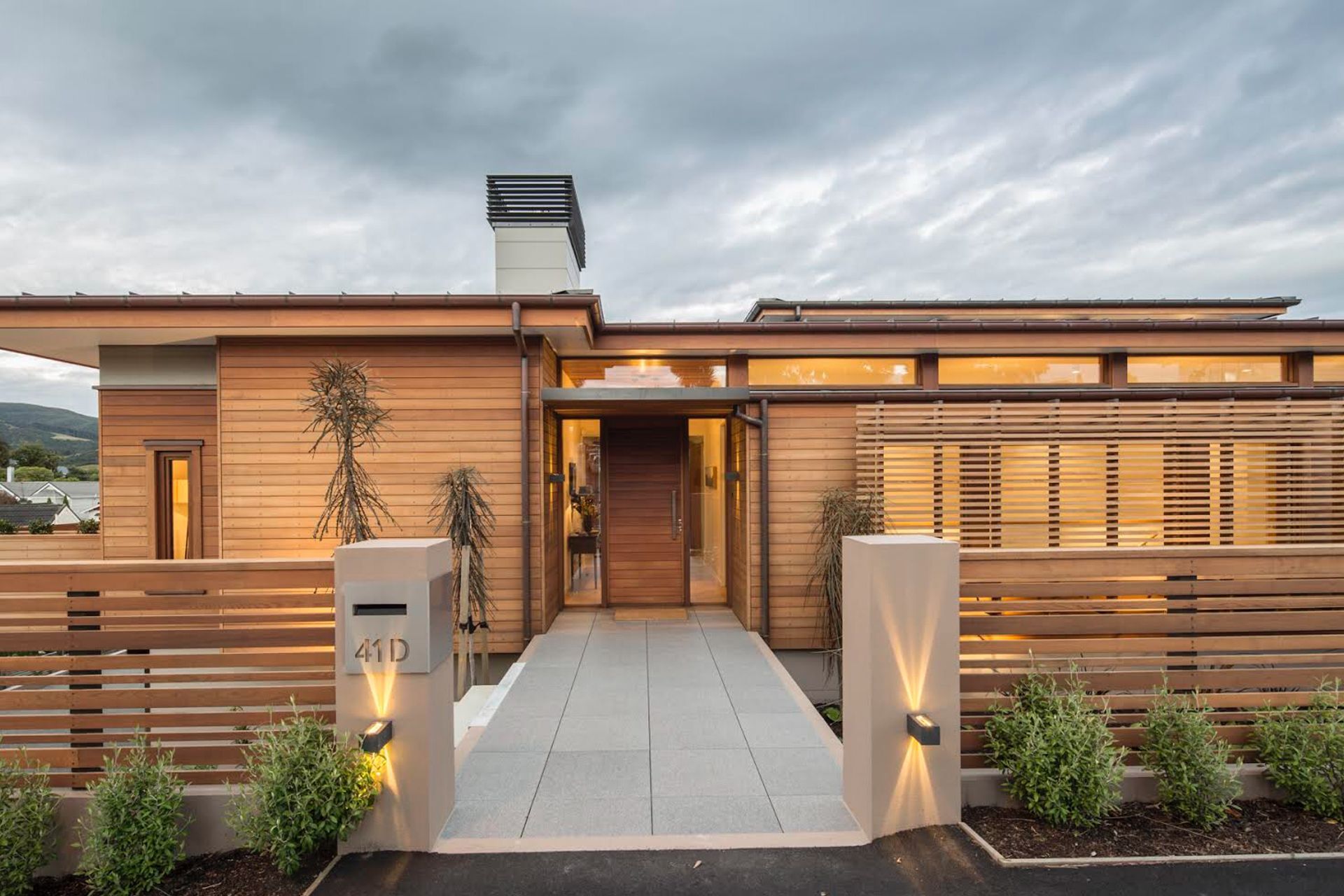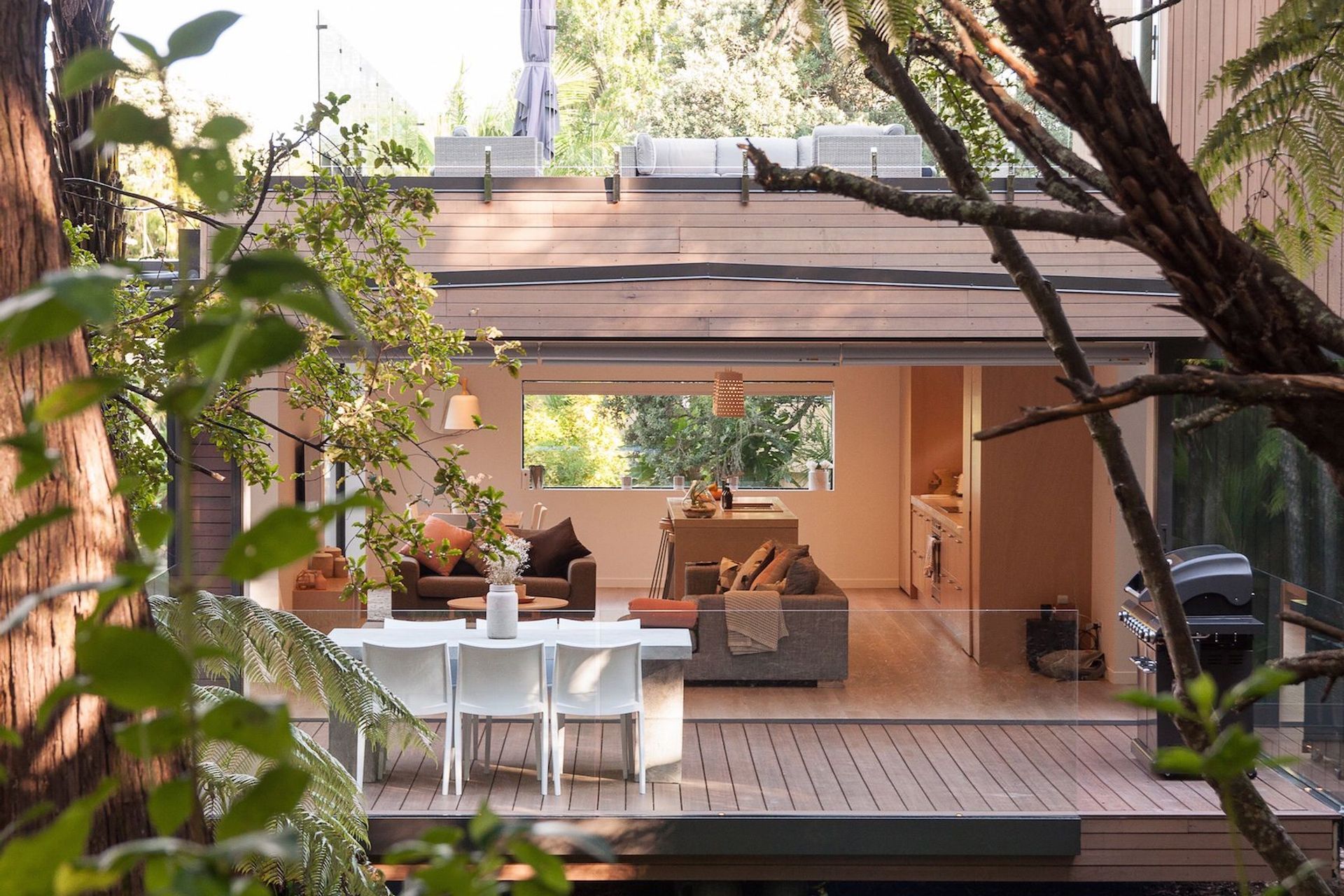Dryden WoodOil – the story of a much-loved Kiwi product
Written by
29 October 2019
•
5 min read

In the late-1990s, Dryden WoodOil’s founder, Jon Pearson, saw a gap in the market for an effective product that would protect timber-clad homes from the ravages of New Zealand’s extreme climates. He developed an innovative product to satisfy this need and his company is still growing in popularity 20 years since it was invented. We celebrate with Dryden’s story, which is one of Kiwi ingenuity and entrepreneurship.
Two decades ago, Jon Pearson was refurbishing the cedar claddings on homes around Auckland and the Waikato and noticed that there was a lack of high-quality wood protectors that could handle our country’s diverse and extreme climates.
“I realised that people weren’t maintaining their homes properly,” he explains. “Often, the homeowners said they’d maintained their home three to five years ago, but I’d discover that it was really eight or nine years ago. Then, we would recoat their houses with similar products to what was used previously, but most of the products were not moisturising the timber or looking after them the way they should have been.”
So, he started working with an experienced chemist to develop a timber protector that was more suited to our environmental conditions and, in 1999, after some market testing, Jon introduced Dryden WoodOil into the market, which proved itself to be a good, reliable product, regardless of the weather.
“New Zealand’s climate is quite extreme, compared with the rest of the world,” he says. “In high Central Otago and Central New Zealand, you can have snow in the winter and dry heat in the summer. Then, we have beach and bush conditions and, in areas like Auckland, it can be raining in the morning and, then, absolutely disastrous sun in the afternoon, which is detrimental to the timbers, because there is so much moisture going in and out. You have damp in the wood, which is then drawn out and can cause contraction and expansion in the timbers, which can result in cupping, warping and splitting in the wood, so the wood needs protecting,” says Jon.
“Our product is actually a unique protectant that really suits a lot of different environments,” says Jon. “In the Marlborough Sounds, we protect boatsheds on the water and, in French Polynesia, villas that are literally sitting right on the water. They need stabilisation of the timber in those environments – with the reflection and the heat and so on – but, protected with the WoodOil, they really do excel themselves.”
Dryden WoodOil is different than a lot of other products on the market, because it’s a ‘soaking-in oil’ that penetrates deeply into the timber, as opposed to an oil stain that sits on the surface and the solvent evaporates away. It keys to the surface, so even when there is a degree of expansion and contraction of the timbers throughout the day, the product moves with it.
Over the past 20 years, it has been used on 1,000s of homes across New Zealand and the South Pacific, and has proven itself to be very popular. It has built the company a devoted following among homeowners, architects, designers and tradespeople. Many beautiful projects on ArchiPro use Dryden WoodOil, including Parihoa House, Kinloch House, Under Pohutakawa, Pukemoremore House, Takapuna House and Sandspit.
Award-winning Auckland architect Daniel Marshall is a long-standing specifier of Dryden’s products and one of his designs, Hollway House, is a great example of the WoodOil’s enduring protection. “Cedar is an ideal cladding and we’ve used it pretty extensively,” says Daniel. “It survives extraordinarily well in a coastal environment, so we decided that the best protection would be Dryden WoodOil, because we’ve used it going back 15 years in these exact extreme coastal environments, and it’s stood the test of time,” he says.
“I’ve noticed that each time the cedar gets another coat every three years or so, the finish improves dramatically – it weathers and patinas. The colour we have used is Slate because it almost has a concrete tone and monumental nature, and it seems to recede into the environment. The slate-coloured cedar with the white timber joinery is also a cute play on the traditional New Zealand bach.”
The interior of the house already featured a number of different timbers so, rather than add yet another timber to the mix, the architect has married the cedar plywood soffits and ceilings up with the cedar cladding on the exterior by oiling them with a matching Dryden wood product in the same shade.
“If you find something that works, keep doing it,” says Daniel. “That was our approach with this particular material combination, the cedar and the wood oil, because it works perfectly.”
Since the early days of the company, Dryden has kept a large database of houses and buildings that the WoodOil products have been used on and, also, when they’ve been maintained. “We often advise our clients about when their homes need another coat of WoodOil, and the feedback we’ve received back is that clients are getting good longevity and our products are easy to maintain,” explains Jon.
“With Dryden WoodOil now having achieved 20 years in the industry, our initial vision was to be recognised as the market leader and to set a standard for this type of product, and I feel that we’ve really achieved that,” he adds. “Dryden is innovative and always looking at new technologies and ideas to see if we can improve, refine and meet customer expectations in the market place. Along the way, we’ve captured people who understand what we’re about and why we’re doing what we do, because it’s done so differently. They continuously use our products because they’ve seen the benefits. Twenty years of support for a product is substantial so, to all the architects, timber merchants, project managers and clients who we are associated with, we thank you all for that!"


